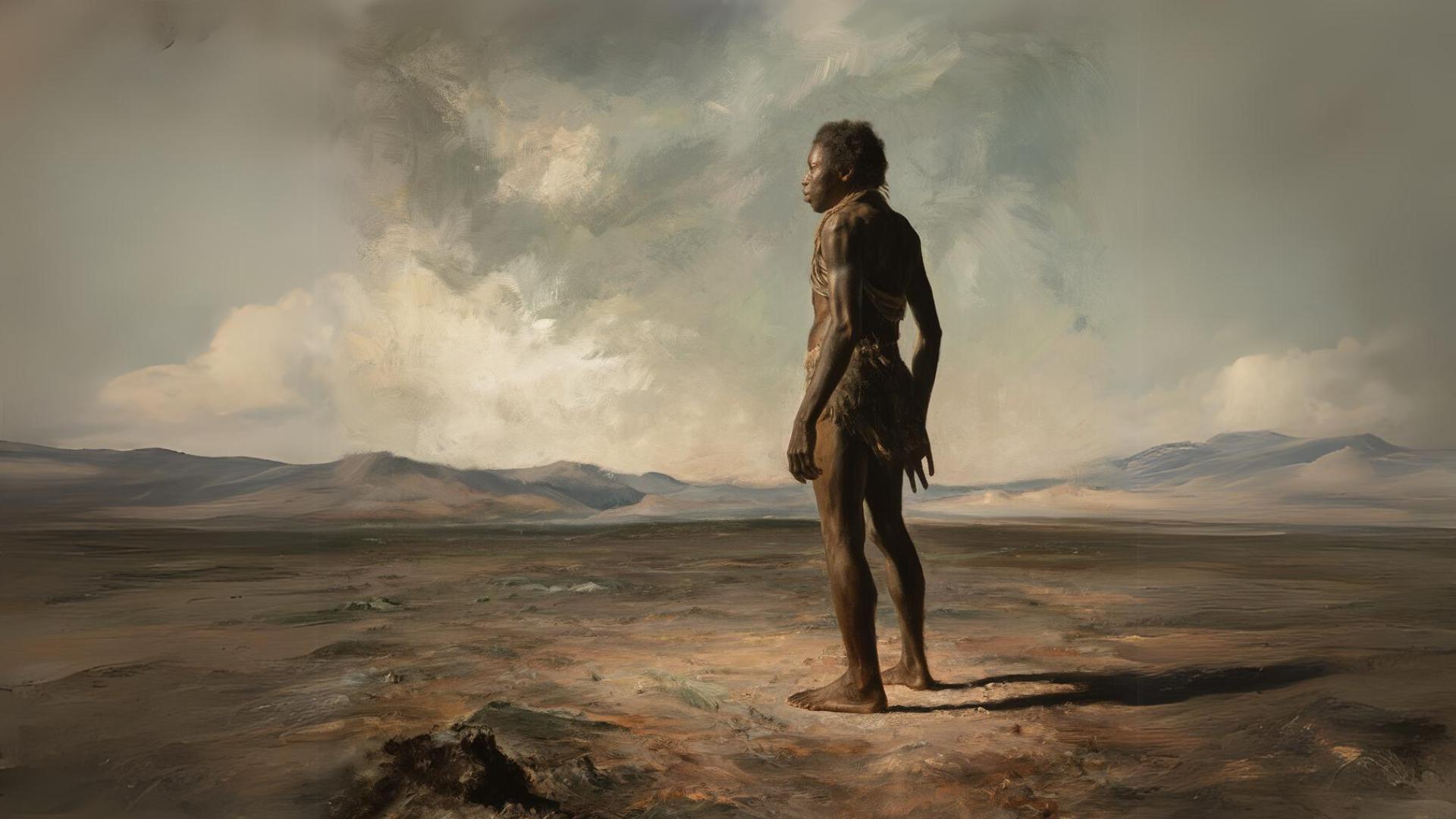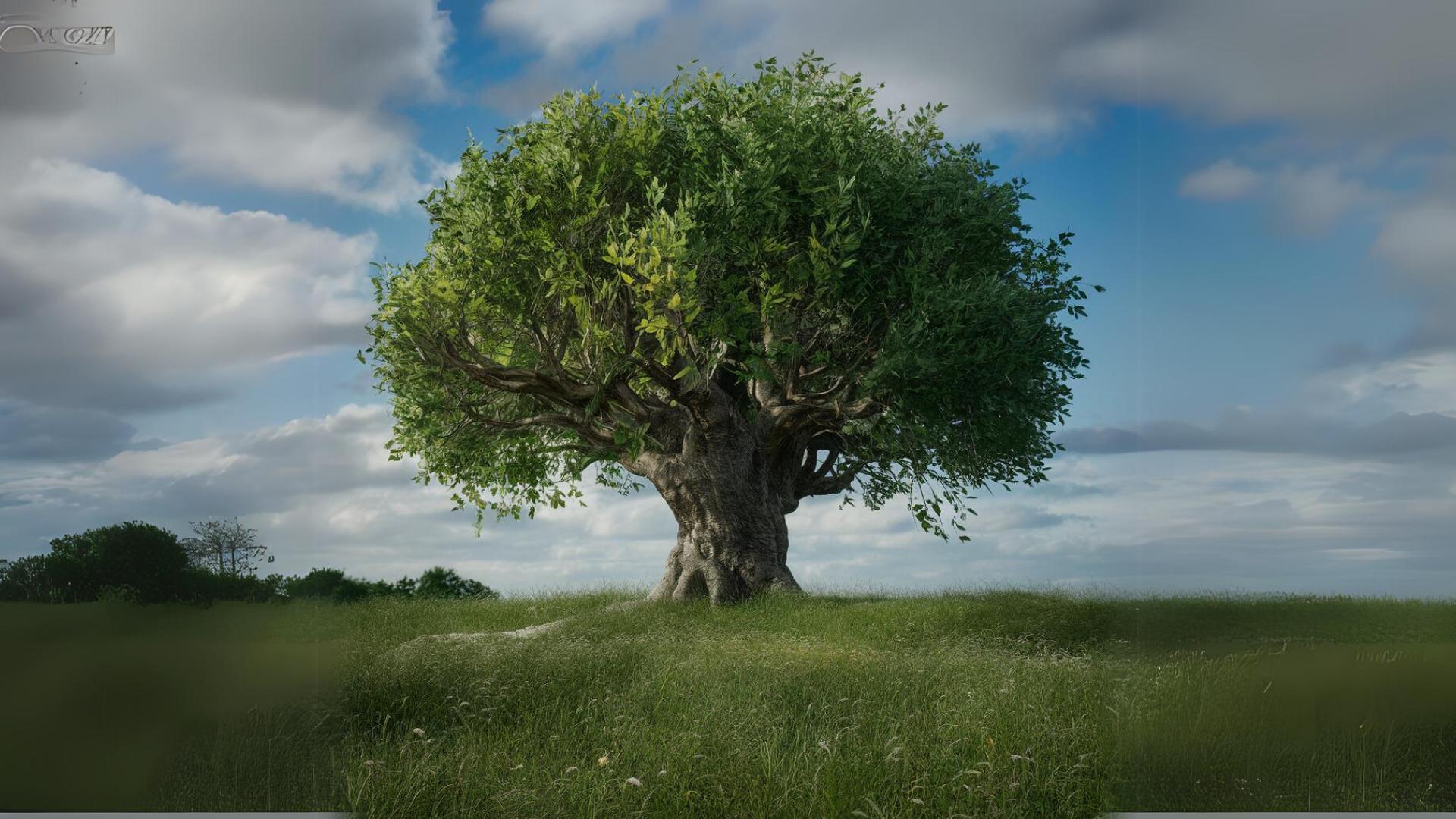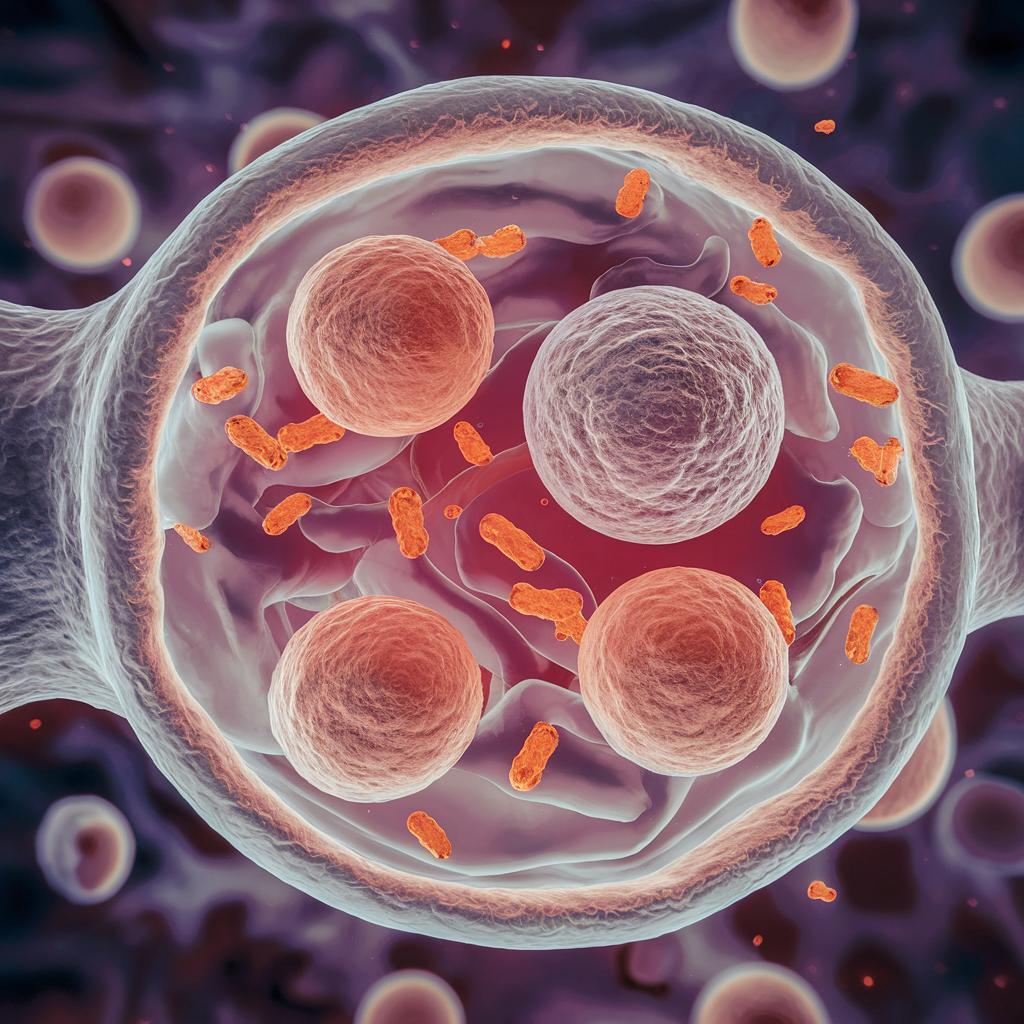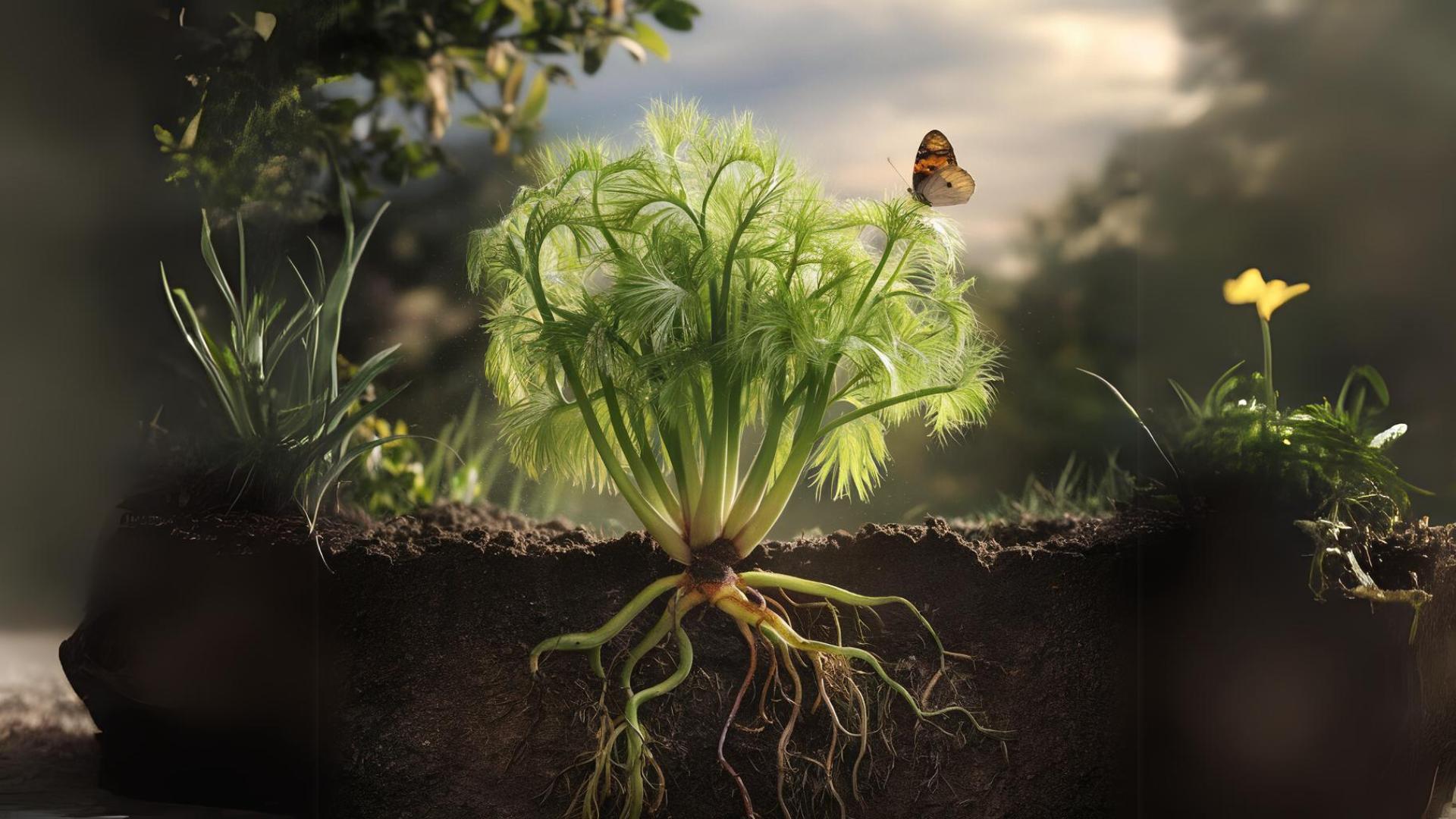Long ago, in Earth’s earliest days, there was a tiny, ancient organism known as LUCA – Last Universal Common Ancestor. LUCA, stands in stark contrast to the figures of Adam and God, which are deeply rooted in religious and cultural beliefs.
People often think of life’s origins in terms of religious narratives, where a divine being creates life in a purposeful, instant act. Adam is often seen as the first human, created by God in a deliberate act of creation, marking the beginning of human history. This view presents life as something that begins with a divine plan, with humans placed at the center.
Let’s get to Know LUCA

LUCA was a tiny, single-celled organism that existed billions of years ago, at a time when Earth was a hostile and volatile place. It was a biological entity that survived and thrived in harsh conditions, eventually giving rise to the vast diversity of life we see today—from bacteria to plants, animals, and humans.
LUCA was not a simple organism but rather a complex one,It possessed an early immune system, allowing it to engage in a sort of “arms race” with primordial viruses. This suggests that even at this early stage, life was already interacting with its environment in sophisticated ways.
Did LUCA Emerge from Divine Creation or Natural Evolution?

Ancient cultures often explained the origins of life through mythological stories involving gods, creation events, and supernatural beings, rather than through anything akin to the scientific understanding of LUCA.
LUCA is a scientific concept deeply rooted in modern evolutionary biology, and it presents a view of life’s origins that contrasts sharply with traditional beliefs centered around figures like Adam or God. This raises a thought-provoking question: What side are you choosing to take—one that embraces the scientific exploration of our ancient, shared ancestry, or one that holds fast to the spiritual narratives that have guided human understanding for millennia?
We All Share a Common Origin

What makes LUCA so revolutionary is that it suggests all life on Earth shares a common origin, not just humans. It shifts the narrative from one of divine intervention to one of natural processes—evolution, adaptation, and survival.
Understanding LUCA forces us to see life as a continuum that began long before humans, challenging the idea that we are the starting point of creation. Instead, we are part of a much larger, more complex web of life that stretches back billions of years.
Environmental Impact: The First Recycling Systems on Earth

LUCA, the Last Universal Common Ancestor, didn’t just exist in isolation; it played a pivotal role in shaping its environment. Despite being a simple organism, LUCA’s activities had a profound impact on early Earth’s ecosystems. As it processed nutrients and expelled waste, LUCA likely contributed to the formation of the planet’s first recycling systems, where its byproducts became resources for other emerging microbes, like methanogens.
This early interaction between organisms hints at the beginnings of complex ecological networks, where even the simplest forms of life were influencing and altering their surroundings. LUCA’s ability to change its environment underscores the interconnectedness of life from the very start, showing that even the earliest life forms were part of a larger, dynamic system that set the stage for the evolution of more complex organisms
Can You Guess LUCA’s Age?

To uncover LUCA’s astonishing age, scientists embarked on a fascinating journey through time using advanced genetic analysis. They started by comparing the genes found in modern living species, tracking the tiny changes and mutations that occurred over billions of years. By carefully studying these genetic patterns, researchers were able to estimate how long it has been since all life on Earth shared a single common ancestor.
Their calculations revealed that LUCA lived around 4.2 billion years ago, much earlier than previously thought. This discovery was made possible by using complex evolutionary models that not only traced the genealogy of species but also untangled the intricate history of gene exchanges between ancient organisms. Through this meticulous process, scientists have managed to pull back the curtain on Earth’s distant past, giving us a glimpse of the earliest moments of life on our planet.
LUCA Survived The Hadean Eon!

The Hadean Eon, named after the Greek god Hades, was a time of unimaginable chaos on early Earth, about 4.6 to 4 billion years ago. During this period, the planet was a molten, fiery landscape, constantly bombarded by asteroids and volcanic eruptions. It was a world where survival seemed impossible, yet it was in this hostile environment that LUCA, the Last Universal Common Ancestor, managed to not only survive but thrive.
LUCA’s existence during the Hadean Eon suggests that life can endure even in the most extreme conditions. The fact that this tiny organism could adapt to such a violent world is a testament to the resilience and adaptability of life from its very beginning.
Unsolved Mystery About LUCA

One thing we still aren’t sure about LUCA is exactly where it lived and how it survived. Scientists think LUCA might have lived in extreme places like deep-sea hydrothermal vents, but we don’t know for sure. We also don’t fully understand what kind of environment LUCA was best adapted to, whether it was super hot, acidic, or something else entirely.
These details are still a mystery, and figuring them out could change what we know about how life began on Earth.
How This Information is Helping us Understand Life Today?

By studying LUCA, scientists are unraveling the genetic threads that connect every living organism, from bacteria to humans. This information not only deepens our understanding of evolution but also highlights the resilience and adaptability of life.
LUCA’s existence shows us that life has been interconnected and evolving for billions of years, which reshapes how we view our place in the natural world. Understanding LUCA helps us appreciate the complexity and unity of life, offering a clearer picture of how all living things are related, and letting us an option developing a better future.
LUCA and Adam: Can Science and Spirituality Coexist?

Imagine if LUCA and Adam could coexist in our understanding of life’s origins—what a fascinating conversation that would be! On one hand, you have LUCA, the tiny, resilient cell that lived billions of years ago, quietly laying down the genetic foundation for all life as we know it. On the other, there’s Adam, a central figure in religious narratives, symbolizing the beginning of human history and moral consciousness. Could these two origin stories exist side by side?
Perhaps, in a way, they represent different layers of our quest to understand where we come from—LUCA embodying the scientific, biological roots of life, and Adam symbolizing the cultural and spiritual narratives that give life meaning. It’s a fun thought experiment: maybe, just maybe, LUCA and Adam aren’t mutually exclusive, but rather two parts of the same grand story, each offering unique insights into the mysteries of life.

